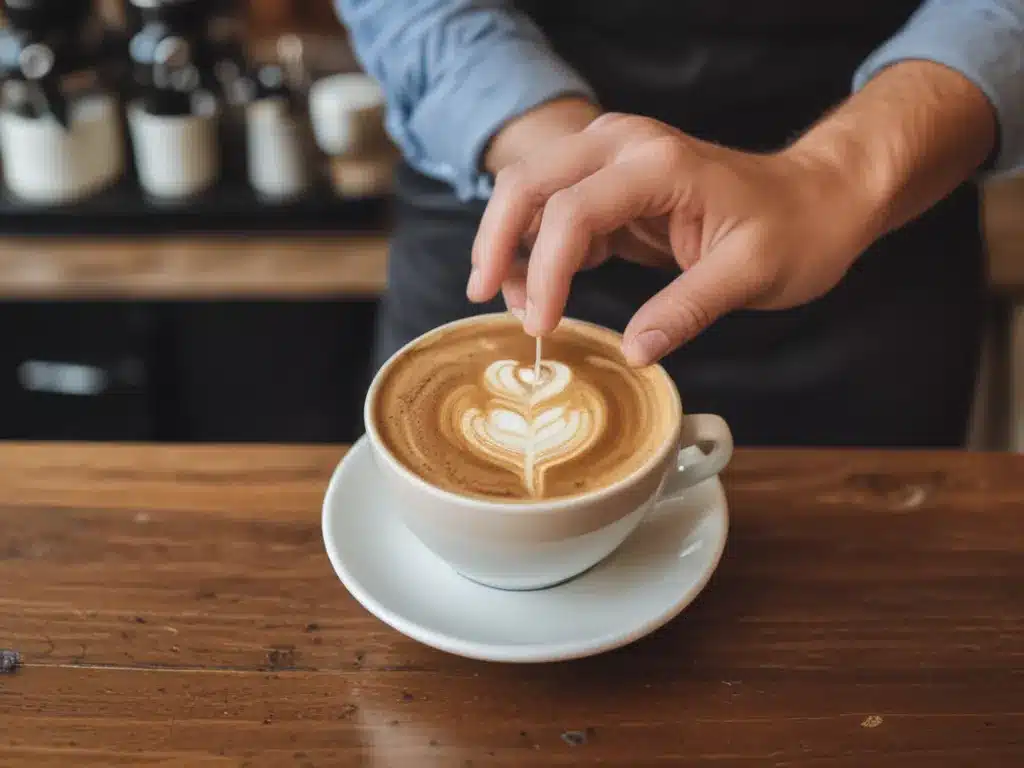
Coffee drinking has grown to become a daily ritual for many. However, navigating the menu at a specialty coffee shop can feel intimidating if unfamiliar with industry lingo and preparation methods. This guide will provide novice coffee drinkers with the knowledge needed to confidently order their perfect cup of joe like a pro.
Understanding Coffee Beverage Types
To start, it’s important to understand the primary categories of coffee beverages. The three main types are drip coffee, espresso-based drinks, and coffee alternatives.
Drip coffee, also called filter coffee, is brewed by hot water percolating slowly through ground coffee beans. This results in a mild coffee with low acidity. Drip coffee typically comes in sizes like small, medium, and large.
Espresso is a strong and concentrated coffee brewed by forcing hot water under pressure through finely ground coffee. It forms the basis of many popular drinks. A single shot of espresso is a just over an ounce while a double shot is around two fluid ounces.
Coffee alternatives don’t actually contain coffee but can satisfy the desire for a warm drink. Popular non-coffee options include tea, hot chocolate, and chai lattes. These provide antioxidants or similar benefits without the caffeine.
Now that the main categories are understood, let’s dive deeper into specific drink types within espresso-based beverages.
Espresso Drink Types Explained
Within the category of espresso drinks, there are several preparations to choose from. The most basic is a straight shot of espresso. For a thicker, creamier mouthfeel, a cappuccino pairs espresso with hot steamed milk and microfoam. A latte features espresso with predominantly steamed milk resulting in a lighter coffee flavor than a cappuccino.
A macchiato blends a shot of espresso with a small amount of steamed milk or foamed milk. The various syrup flavorings like vanilla, caramel, or hazelnut can be added to any espresso drink. A popular version is a mocha which combines espresso, steamed milk or cream, and chocolate syrup.
For those desiring inspiration without the caffeine, decaf espresso makes all the same delicious drinks without the buzz. A americano stretches an espresso shot with hot water, resembling drip coffee. For a creamier take, a flat white pairs espresso with microfoam milk in a 1:1 ratio without extra steamed milk.
By understanding these core espresso drink types, coffee newbies will feel more empowered to order their perfect beverage. Let’s discuss customizing orders next.
Customizing Your Coffee Order
Now that the basic coffee types are understood, customizing a drink order allows individuals to personalize their coffee experience. Many cafes offer extensive options for milk alternatives including soy, almond, oat, coconut and lactose-free varieties. Syrup flavors beyond traditional vanilla or caramel include options like hazelnut, brown sugar, pumpkin spice and more.
Certain cafes even allow customers to choose their brewing parameters like dosage, yield, or water temperature. At specialty shops, feel empowered to explore unique roasts from single origin farms around the globe. Light and bright roasts highlight acidity and taste notes while darker varieties produce richer, deeper flavor profiles.
Customization further extends to preparation style for certain drinks. For instance, with a latte, you can specify the amount of foam, whether microfoam is incorporated, and ratio of espresso to milk. The creaminess of a cappuccino can also be fine-tuned based on preference. Don’t be afraid to provide specifics and ask baristas for recommendations tailored to your palate.
Experienced coffee drinkers even customize at an ingredient level. For example, specifying an alternative milk paired with a particular roast and syrup combo or requesting a custom espresso blend. Topping drinks with extras like cocoa powder, nutmeg or cinnamon allows complete control over the flavors and aromas in every sip. By understanding customizable options, coffee newbies can start ordering their perfect cup from day one.
Paying and Tipping
Once a customized coffee has been ordered, it’s important to understand proper etiquette for paying and tipping at coffee shops. Most cafes accept major credit cards, contactless pay, and cash for purchases. Prices vary depending on drink components and local economic factors but on average, expect to pay between $3-5 for a standard coffee beverage.
In terms of tipping, follow general quick service restaurant customs of rounding up or leaving 15-20% of the pre-tax total amount for excellent counter service. Some locations also offer a tip jar by the register. Demonstrating thoughtful tipping shows appreciation for baristas who take the time to craft coffee to each customer’s precise specifications.
Committed coffee drinkers may also consider purchasing shop gift cards to support local roasting operations. Many cafes sell branded mugs, beans, and accessories too. Developing a relationship with baristas allows recommendation of new drinks as seasons and rotations change. Through patronage, coffee newbies can become respected professionals in their own neighborhood cafes.
| Transaction Type | Payment Accepted | Common Tip % |
|-|-|-|
| Purchase | Cash, Credit, Contactless Pay | 15-20% of pre-tax total |
| Gift Card | Cash, Credit | N/A – supports local shop |
By reviewing main concepts like coffee types, common drinks, customizations, proper payment and tipping, novice java fans now possess the knowledge to feel comfortable ordering coffee like a professional anywhere. Armed with this guide, newly minted coffee pros can now set off to their local roaster to explore the nuances of their special craft.



















